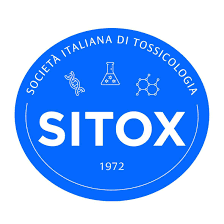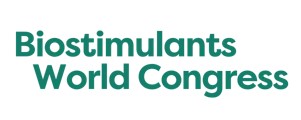
Beyond the MRLs: the Zero Residue products
The presence of Plant Protection Products residues in food for human consumption or in animal feed is regulated in the EU but also in other countries. European legislation sets MRLs (Maximum Residue Limits) for each active substance used in agriculture to protect crops from pests and diseases, in order to ensure the highest food safety for consumers.
The presence of chemical residues in agricultural products depends on the characteristics of the active substances used (especially their degradability), the number of treatments carried outand their timing, and more generally on the growing method applied (integrated or organic).
However, during these last years the so-called “Zero Residue“ agricultural products have been spreading, in order to meet the requests coming from consumers increasingly interested in food safety issues. Such products are characterised by the absence of chemical residues, or rather by their possible presence below the maximum limit of 0.01 mg/kg, regardless of the growing method applied.
Zero Residue farming is often defined as a third way – together with integrated and organic farming – to produce healthy food. Not yet regulated either at national or European institutions, Zero Residue farming is currently based on private standards and certification by third-party bodies.
The non-traceability of residues in food and feed can only be determined through reliable analytical methods and laboratory equipment.
BioTecnologie BT has a long experience in residue analysis and is therefore a reference partner for agro-industry companies that need to certify the “Residue Zero” standard of their products.


 English
English Italian
Italian


